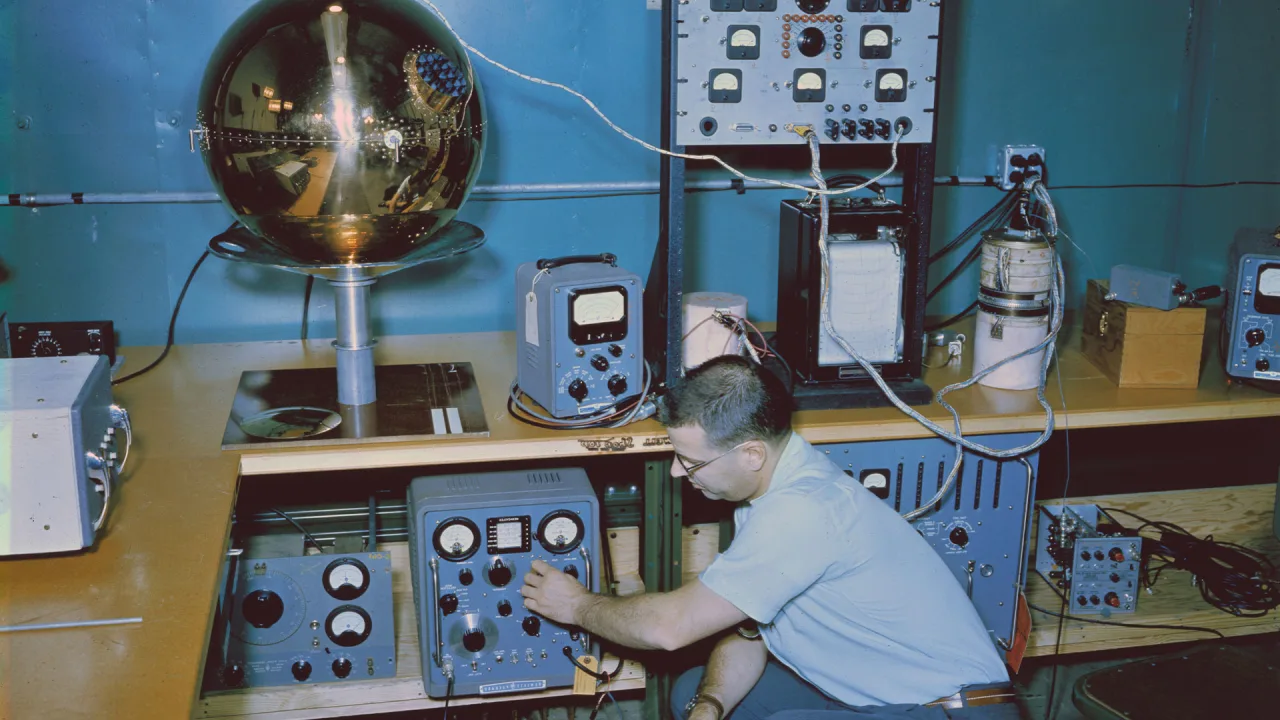Spare Tire Subwoofer vs Underseat Subwoofer: Which One Fits Your Ride and Style?
Upgrading your car’s audio system isn’t just about adding volume—it’s about depth, clarity, and feel. And when it comes to adding bass without sacrificing interior space, two smart solutions often come up: the spare tire subwoofer and the underseat subwoofer.
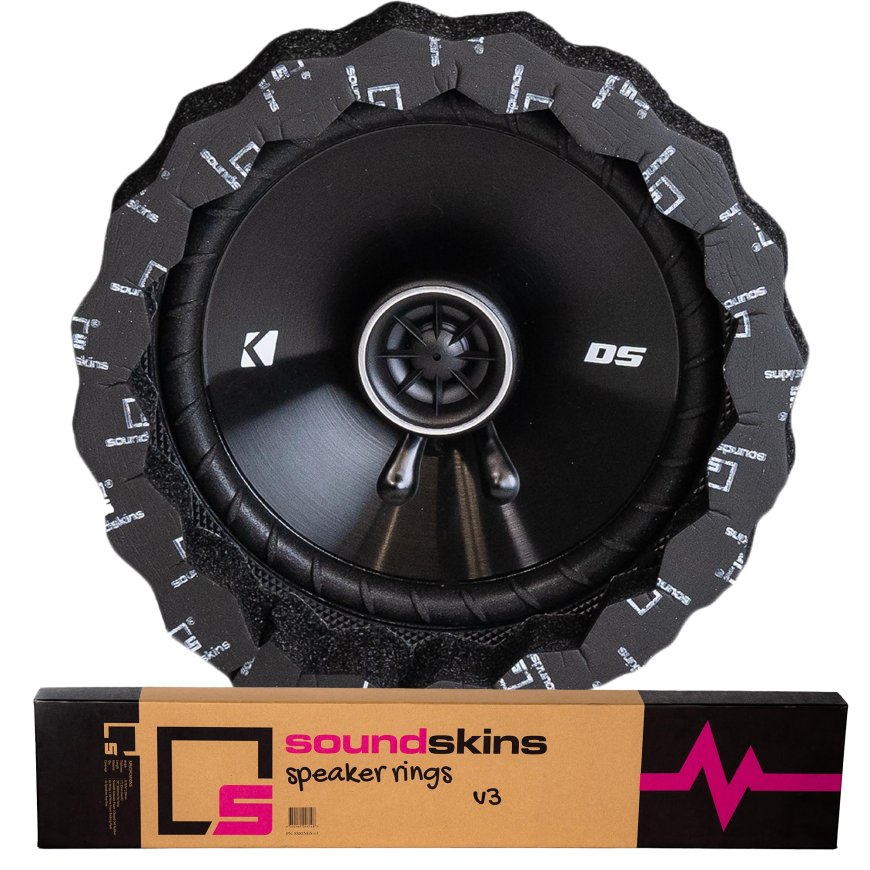
Upgrading your car’s audio system isn’t just about adding volume—it’s about depth, clarity, and feel. And when it comes to adding bass without sacrificing interior space, two smart solutions often come up: the spare tire subwoofer and the underseat subwoofer.
Both are designed with space in mind, offering low-end punch without needing a massive box in your trunk. But which one is better for your setup? Let’s break down the real-world differences in performance, installation, and practicality so you can decide which compact subwoofer solution is right for you.
What Is a Spare Tire Subwoofer?
A spare tire subwoofer is a compact, circular sub that mounts directly into the wheel well where your spare tire usually sits. It’s designed to fit snugly in this unused space—typically in the trunk—without interfering with cargo or rear seating.
These subs are usually powered (active) and include built-in amplification. Many are engineered with custom enclosures that take full advantage of the confined space to deliver surprisingly tight and punchy bass.
What Is an Underseat Subwoofer?
An underseat subwoofer is a slim, low-profile bass unit designed to fit beneath the driver or passenger seat. These are ideal for compact cars or for drivers who want a stealthy install that doesn't impact trunk space or cabin aesthetics.
Underseat subs are typically sealed in compact enclosures and offer a fast, responsive bass response. They also often come with remote bass controls and plug-and-play wiring options, making them a favorite for DIY installers.
Installation Comparison
Spare Tire Subwoofer Installation
-
Pros:
-
Completely hidden from view
-
Doesn’t interfere with daily vehicle use
-
Often comes with custom-fit enclosures
-
-
Cons:
-
Requires access to spare tire cavity
-
May not fit if you use the spare tire often
-
Wiring may need to run a longer path to the head unit
-
This solution works best in vehicles with a spacious trunk or unused spare compartment. SUVs and hatchbacks are prime candidates.
Underseat Subwoofer Installation
-
Pros:
-
Easy access for wiring and control adjustments
-
Fits most sedans, trucks, and compact cars
-
Minimal tools required for install
-
-
Cons:
-
Can slightly raise seat height depending on vehicle
-
Bass performance may be limited by size
-
Potential heating issues in tightly enclosed spots
-
Underseat subs are ideal for cars with limited cargo space or drivers who prefer accessibility and simplicity.
Sound Performance: Which One Hits Harder?
Let’s talk bass output and quality—because that’s what it’s really all about.
Spare Tire Subwoofers
These are typically larger (in both cone size and enclosure volume) and can push more air. This translates to deeper low-end frequency response and smoother bass, especially in sealed environments. If you want bass you can feel, spare tire subwoofers tend to win in terms of physical impact and resonance.
Underseat Subwoofers
While compact, many underseat subs still deliver impressive bass thanks to tight suspension and efficient amp design. However, they generally produce a more controlled, punchy sound, better suited for musical genres like rock, jazz, or pop where mid-bass clarity is key.
For bass-heavy styles like hip-hop or EDM, an underseat subwoofer may not hit as hard as a larger spare tire solution—but it will still outperform factory bass by a wide margin.
Practicality and Use Case
Choosing between these two comes down to lifestyle and priorities:
-
Daily commuters or rideshare drivers often prefer underseat subs due to their easy access and fast install.
-
Audiophiles or weekend builders might lean toward spare tire subs for better soundstage depth and cleaner trunk layouts.
-
Trunk space concerns? Both are great, but spare tire options fully preserve your cargo area.
-
Want fast, budget-friendly bass? Underseat subwoofers are typically more affordable and easier to install.
Also, consider how often you access your spare tire. If you drive in remote areas or long distances regularly, installing a sub in the tire well might not be ideal.
Price and Value
While pricing varies by brand and wattage, here’s a general breakdown:
-
Spare Tire Subwoofers: Typically range from $200–$500 depending on features, size, and amp power. They often justify their price with better bass response and aesthetics.
-
Underseat Subwoofers: Generally priced between $100–$300. These deliver strong value, especially in vehicles with limited install flexibility.
When weighing the two, think not only about purchase cost, but also installation time, sound goals, and vehicle compatibility.
Aesthetic and Space-Saving Advantage
One of the biggest selling points of both systems is stealth. Unlike large enclosures that dominate your trunk, both spare tire and underseat subwoofers are designed to disappear into your vehicle. That means no clunky boxes, no cables in the way, and no compromise on space.
For clean builds or family cars, this is a major advantage. Plus, it keeps your audio system less visible to potential thieves.
Final Verdict: Which One Should You Choose?
There’s no universal winner—just the best fit for your needs.









































































































































































![[The AI Show Episode 147]: OpenAI Abandons For-Profit Plan, AI College Cheating Epidemic, Apple Says AI Will Replace Search Engines & HubSpot’s AI-First Scorecard](https://www.marketingaiinstitute.com/hubfs/ep%20147%20cover.png)

























![How to Enable Remote Access on Windows 10 [Allow RDP]](https://bigdataanalyticsnews.com/wp-content/uploads/2025/05/remote-access-windows.jpg)





























































































































































































![Artist Shocked To Find Her Poster Designs From 2017 In Bungie's Marathon: 'A Major Company Has Deemed It Easier To Pay A Designer To Imitate Or Steal My Work Than To Write Me An Email' [Update]](https://i.kinja-img.com/image/upload/c_fill,h_675,pg_1,q_80,w_1200/4ce7afff77473c3cccca9cc349c42790.jpg)









































-Olekcii_Mach_Alamy.jpg?width=1280&auto=webp&quality=80&disable=upscale#)

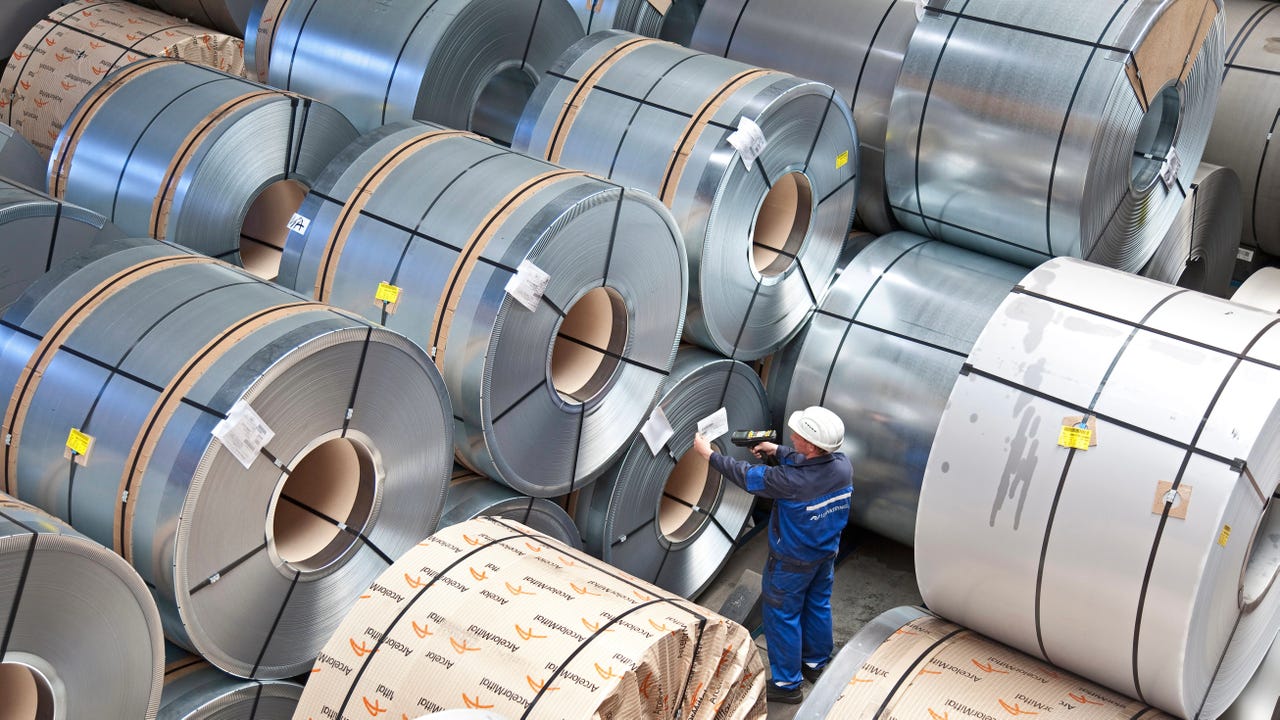







































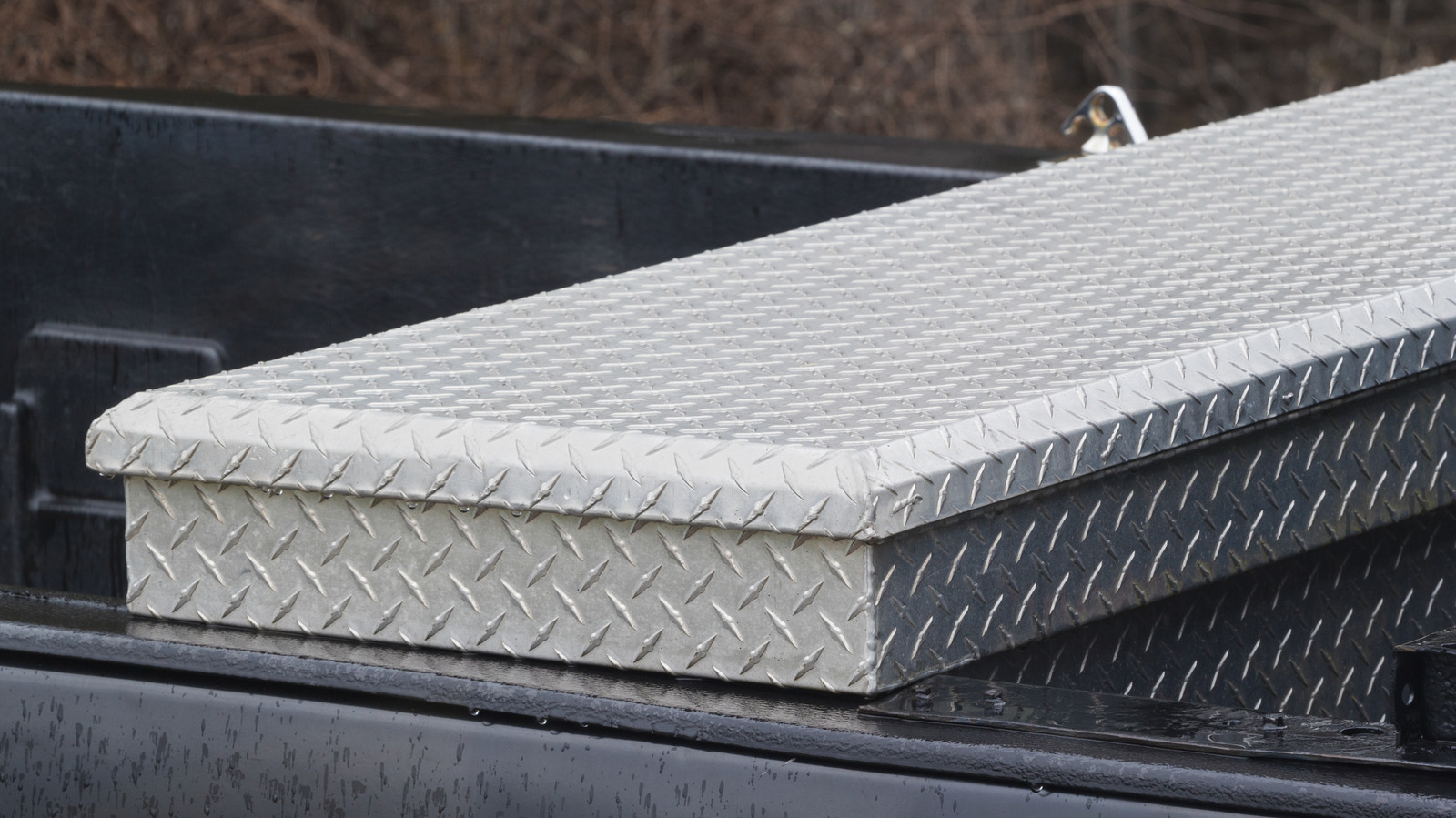











































![Apple tests EU by adding scare screens to apps using third-party payments [u]](https://photos5.appleinsider.com/gallery/63640-132334-000-lede-App-Store-warning-xl.jpg)






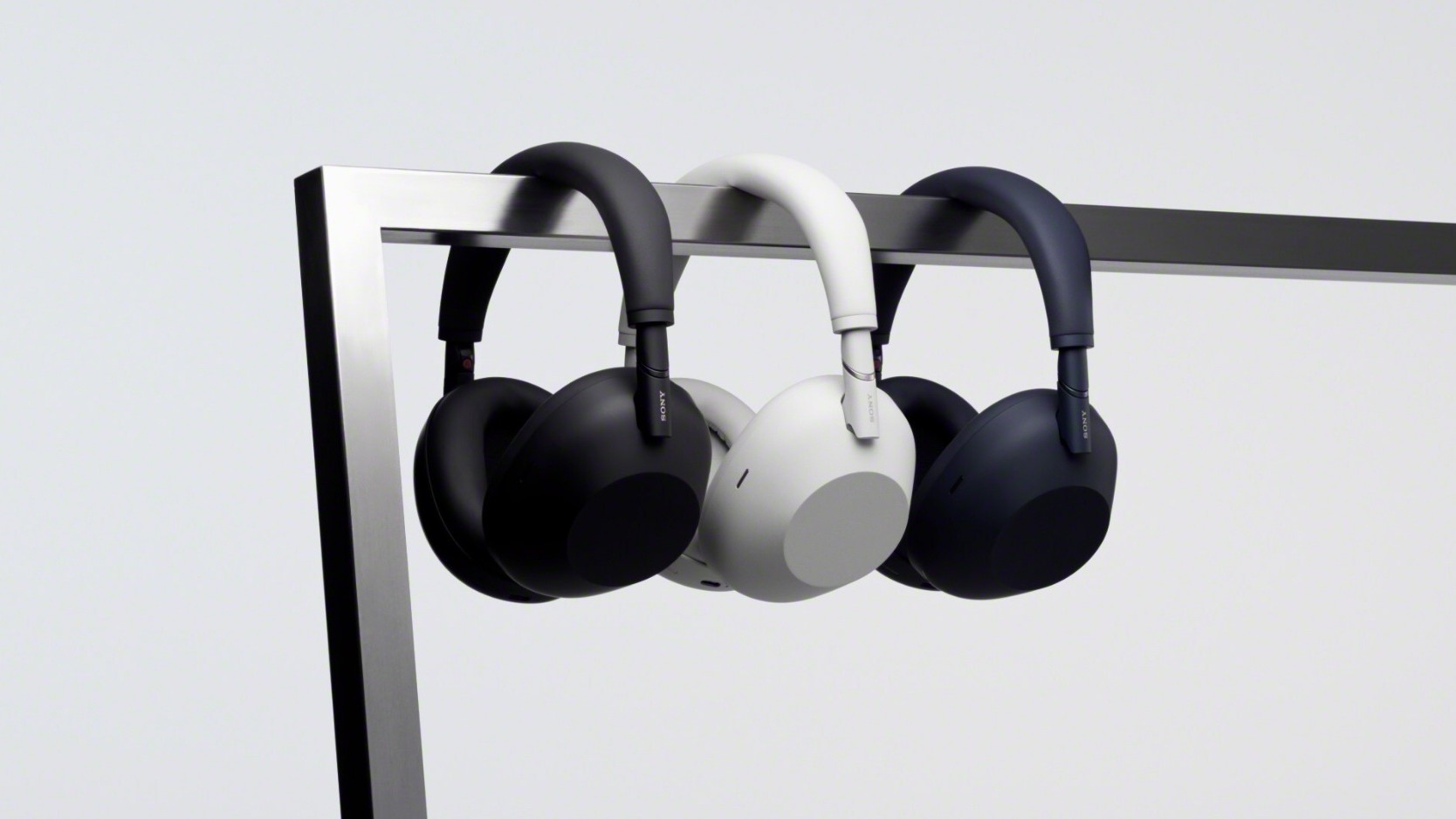






![Apple using sketchy warning for apps bought using third-party payment systems [Updated]](https://i0.wp.com/9to5mac.com/wp-content/uploads/sites/6/2025/05/Apple-using-scary-looking-warning-for-apps-bought-using-third-party-payment-systems.jpg?resize=1200%2C628&quality=82&strip=all&ssl=1)
















![Sony WH-1000XM6 Unveiled With Smarter Noise Canceling and Studio-Tuned Sound [Video]](https://www.iclarified.com/images/news/97341/97341/97341-640.jpg)


![Watch Aston Martin and Top Gear Show Off Apple CarPlay Ultra [Video]](https://www.iclarified.com/images/news/97336/97336/97336-640.jpg)










































![Apple Slaps Warnings on Apps Using External Purchases in the EU [Updated]](https://images.macrumors.com/t/Zy0e-JLM0fNyngEYaXu5rMH1lJk=/1920x/article-new/2025/05/app-store-external-payments-warning.jpg)


































